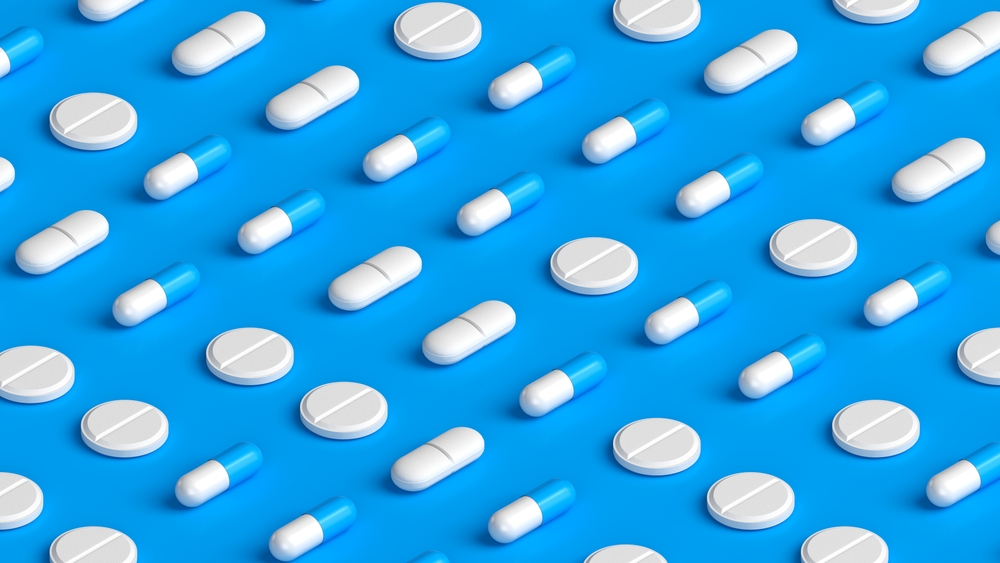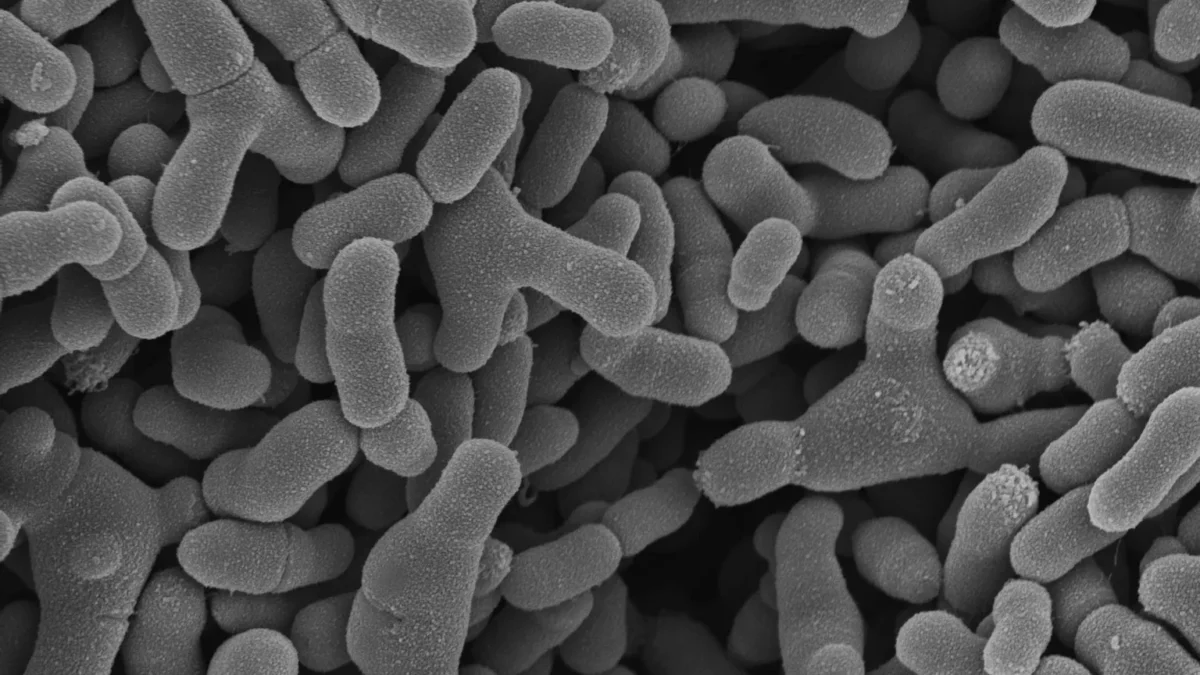 #News
#News
New uses for existing drugs
International programs weigh up costs and benefits in the search for new forms of treatment with existing drugs
 The strategy of finding new uses for existing drugs can be 40% to 90% cheaper than developing new compounds | Image: Shutterstock
The strategy of finding new uses for existing drugs can be 40% to 90% cheaper than developing new compounds | Image: Shutterstock
Drug repurposing, a strategy that involves finding new uses for drugs that are already on the market, is a cheaper and less uncertain approach to treating diseases than discovering new molecules.
Estimates suggest the approach could be 40% to 90% cheaper than developing new compounds. Clinical trials are also generally safer, since repurposed drugs have already undergone human testing.
There are two considerable barriers, however:
- A lack of incentive for patent holders to invest in studies into new uses for existing drugs. For example, although treating a new disease theoretically adds value to a drug, European rules prevent the price from being changed, meaning companies with patents have no hope of increasing profits.
- The second is cross-labeling, a type of off-label use in which a medicine is prescribed to treat a problem for which it is not officially intended. In cross-labeling, the patent holder can demand that the new use is authorized only for the patented version of the drug. However, doctors can prescribe generic drugs, even if the new use is not the approved treatment, depriving the inventor of the drug of income.
“In the long run, this erodes the incentive to identify, test, and authorize new uses,” wrote scientists from universities in England, the US, and Denmark in an article published in Science Translational Medicine.
In recent years, the US, the UK, and the European Union (EU) have all established government initiatives intended to overcome these obstacles.
The research group stated that initial results were promising, although it is still too soon to know the full impact the changes will have on healthcare systems and patient well-being.
The authors listed seven programs implemented between 2018 and 2021 that “present myriad opportunities for organizations to participate in drug repurposing actions.”
Support for researchers
The UK government’s Innovative Licensing and Access Pathway, created in 2021, supports organizations through a selection process for both preclinical trials and advanced clinical trials, based on patient needs and the drug’s potential benefits.
Selected organizations are given access to a team of experts who can handle regulatory and development issues.
Another program, funded by the US National Institutes of Health (NIH) and conducted by the National Center for Advancing Translational Sciences (NCATS), supports phase 1 and 2 clinical trials, but not phase 3. Exceptions are made for rare or neglected diseases.
The EU has also established an initiative, aimed only at academic studies and nonprofit organizations. Funding for clinical trials must come from other partners, and new uses must be applied for in partnership with the private sector.
The CURE Drug Repurposing Collaboratory program (CDRC) is a public-private partnership between the US Food and Drug Administration (FDA), the NCATS, and the Critical Path Institute. Originally created to find medicines for COVID-19, it now encompasses other diseases.
The program makes use of an online tool that can be used to search for and report new uses for drugs that have already been approved. The CDRC also collects available health data, disease notifications, and literature reviews.
In principle, the goal is only to update treatment guidelines and not to be involved in regulation. However, the initiative may consider sponsoring clinical trials and applying for authorizations with the right partners.
Among those listed, only the Medicines Repurposing Programme, run by the UK’s National Health Service (NHS), aims to carry out clinical trials with minimal collaboration from partners.
Established in 2021, the project looks for drugs to repurpose by searching clinical trial records and gathering suggestions from the medical community, such as companies, research groups, and clinicians.
Drugs are considered if they have passed phase 2 clinical trials and could improve the existing standard of care for a debilitating or life-threatening illness.
Working groups design phase 3 clinical trials to fill any knowledge gaps. Once there is sufficient information to authorize the new use, the program provides the data to the patent owner or generic drug manufacturer to apply for approval.
Too soon to evaluate
The FDA’s Renewal project is looking for new cancer drugs without the need for clinical trials by searching the literature for compounds with enough data for a new authorization. It then contacts the manufacturer, which can continue the process, although it is not obliged to do so.
The USA’s MODERN program also seeks to repurpose drugs based on data from the literature, but for any disease and only for drugs for which companies are manufacturing generic versions after inventors relinquished marketing authorization. Once the new use is approved, however, manufacturers are required to include the new indication in the package insert.
The researchers say that because these programs are relatively new, it is too early to determine their success and longevity.
They point out that the NHS initiative and the latter two created by the FDA represent true changes in the drug development model.
The British program has already achieved one new authorization and is in the process of obtaining a second. The FDA’s Renewal project, meanwhile, has had two new uses approved in six years.
It is not yet clear whether these are isolated cases or the first of many new uses with the potential to impact public health.
The authors noted that success indicators will help assess whether the programs represent a positive new direction in drug development that could be emulated in other countries.
Success should be determined based on at least five criteria: number of new uses authorized, clinical impact, number of patients treated by the new use, public health expenditure savings, and reduction of off-label indications, especially if based on inadequate data.
*
This article may be republished online under the CC-BY-NC-ND Creative Commons license.
The text must not be edited and the author(s) and source (Science Arena) must be credited.
News
 #News
#News
 #News
#News
 #News
#News
